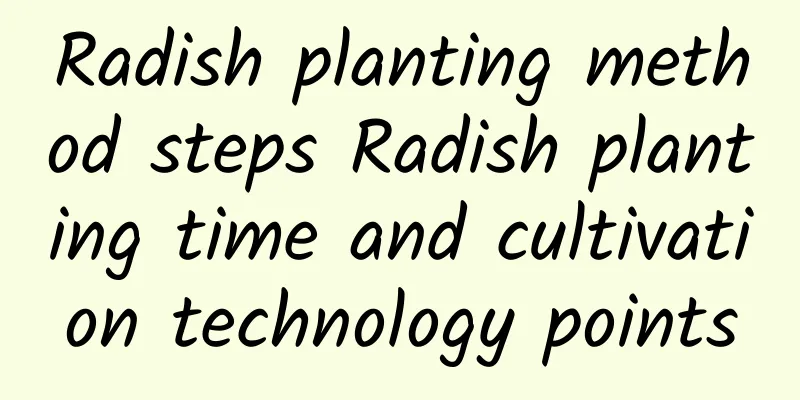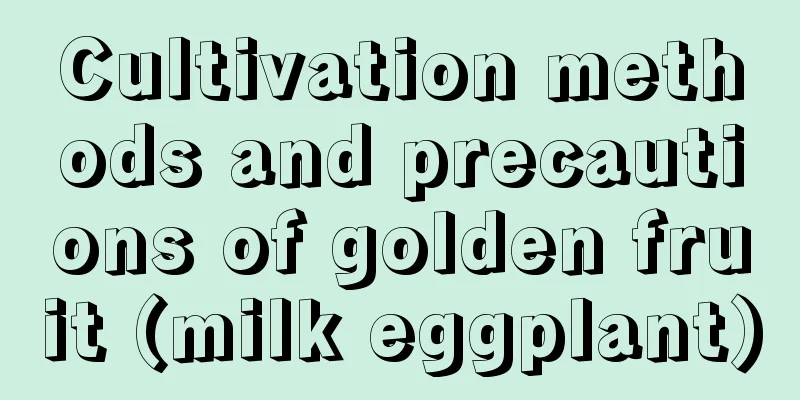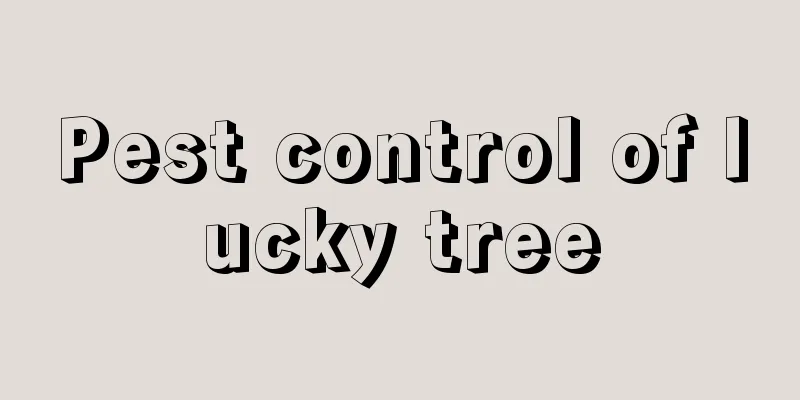Causes and treatments for yellow leaves of purple-edged peperomia

1. Increase lightingReason: If Purple-edged Jade Peppergrass is kept in an overly dark place for a long time, the leaf color will become duller and show signs of yellowing.Solution: For yellow leaves caused by light, you need to slowly increase the light and cannot suddenly place them in a sunny place to supplement the light. You can first use scattered light in the morning or evening to supplement the light, and then move the plant to a sunny place after it slowly recovers. It should be noted that in summer, it is necessary to shade it or move it to a semi-shaded place. In other seasons, it can be placed in a place with sufficient sunlight, and the best lighting time is about six hours. 2. Scientific wateringCause: Too much watering causes serious waterlogging in the pot soil, resulting in a lack of oxygen in the soil, which can cause the fibrous roots to rot. As a result, the ability to absorb water and fertilizer is weakened, causing the young leaves to turn light yellow and the floral leaves to gradually turn dark yellow. Treatment: Stop watering immediately and loosen the soil frequently to make the potting soil well-ventilated and allow excess water to evaporate as quickly as possible. When the situation is serious, the entire plant needs to be removed from the pot, placed in dry soil to allow the water to seep out quickly, and then replanted in the pot. In addition, when it is dry, you can keep the air moist by spraying water mist around the plants. 3. Check the soilReason: Purple-edged Jade Peperomia prefers loose, well-drained soil. If the soil has poor drainage and lumps appear, it will easily lead to water accumulation in the soil and yellow leaves. Solution: If you don’t want to change the soil, you can loosen the soil to alleviate the soil caking problem and allow excess water in the soil to evaporate as quickly as possible. The best option is to replace it with better humus soil for growing plants. |
<<: Causes and treatments of yellow leaves of Cordyceps sinensis
>>: Causes and treatments for yellow leaves of purple-calyx spurred flower
Recommend
Check out the health benefits of the top ten flowers
NO1 Kapok clears heat and removes dampness Kapok ...
When is the best time to plant daisies?
Suitable time for planting daisies Daisy is a pla...
How to grow peppers and what kind of soil is needed
1. Soil required When growing peppers, you need t...
When is the best time to transplant Chinese cabbage?
Transplanting Chinese cabbage is relatively easy....
Are tulips poisonous? Are they suitable for indoor cultivation?
1. Is it poisonous? Although tulips are beautiful...
The role of Strelitzia
Strelitzia reginae's decorative function Stre...
How to grow newly planted azaleas? How to keep azaleas alive?
1. How to raise 1. Soil: It is best to plant it i...
Is it good to plant an osmanthus tree in the yard? Where should it be planted in the yard?
1. Taboo 1. First of all, you cannot plant it at ...
How to plant lily seeds
1. Planting time Lilies like to grow in an enviro...
How to prune sapodilla
When to prune the sapodilla The pruning of sapodi...
What to do if the roots rot
1. Scientific watering Reason: Excessive watering...
How to grow yam to get high yield?
Chinese yam , also known as yam, yam egg or mount...
Cultivation methods and precautions of tennis flower
How to grow tennis flowers soil For potted tennis...
What kind of soil is good for growing lucky bamboo?
1. What kind of soil is good for growing It can b...
How to Propagate Carnations
How to reproduce carnations The main ways to prop...









